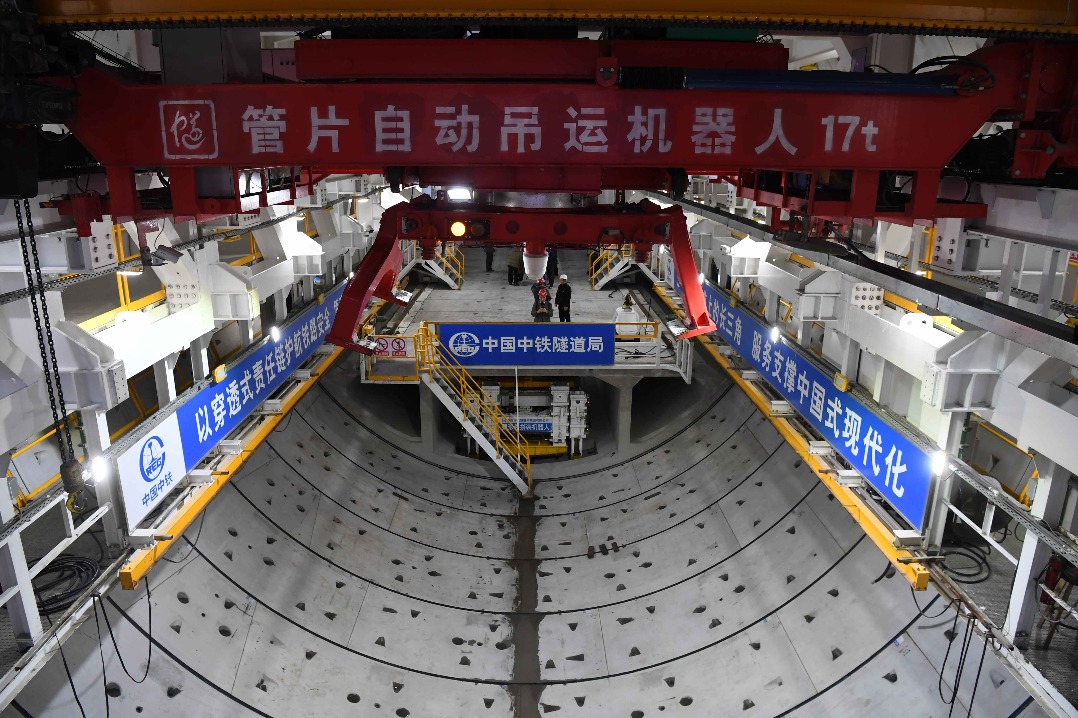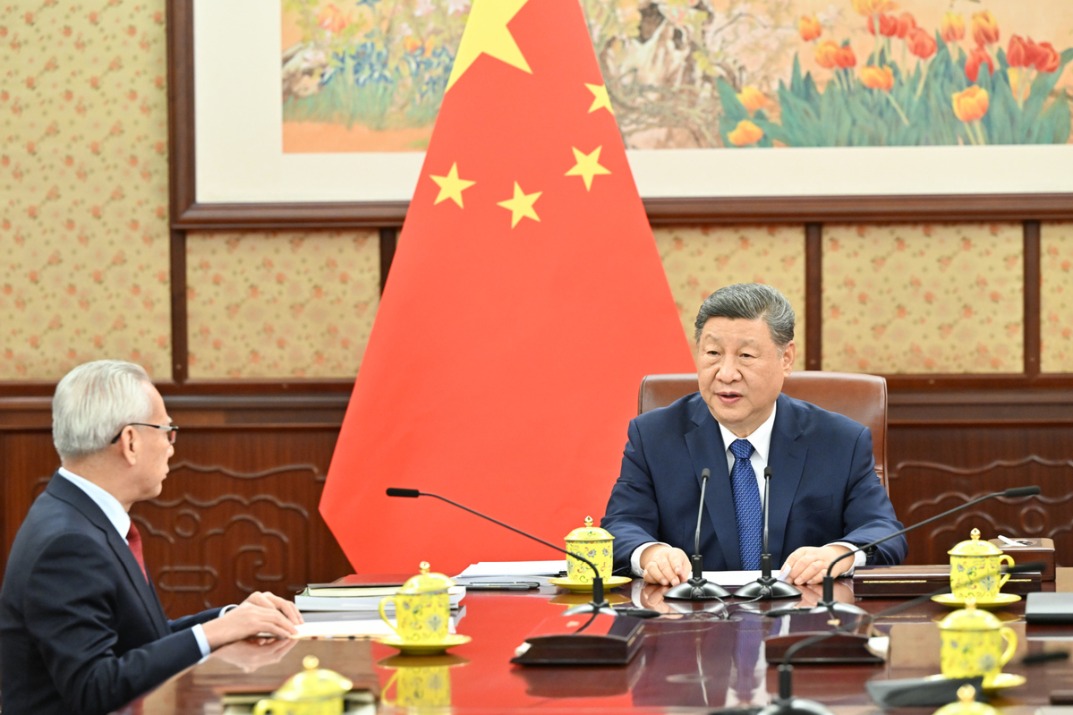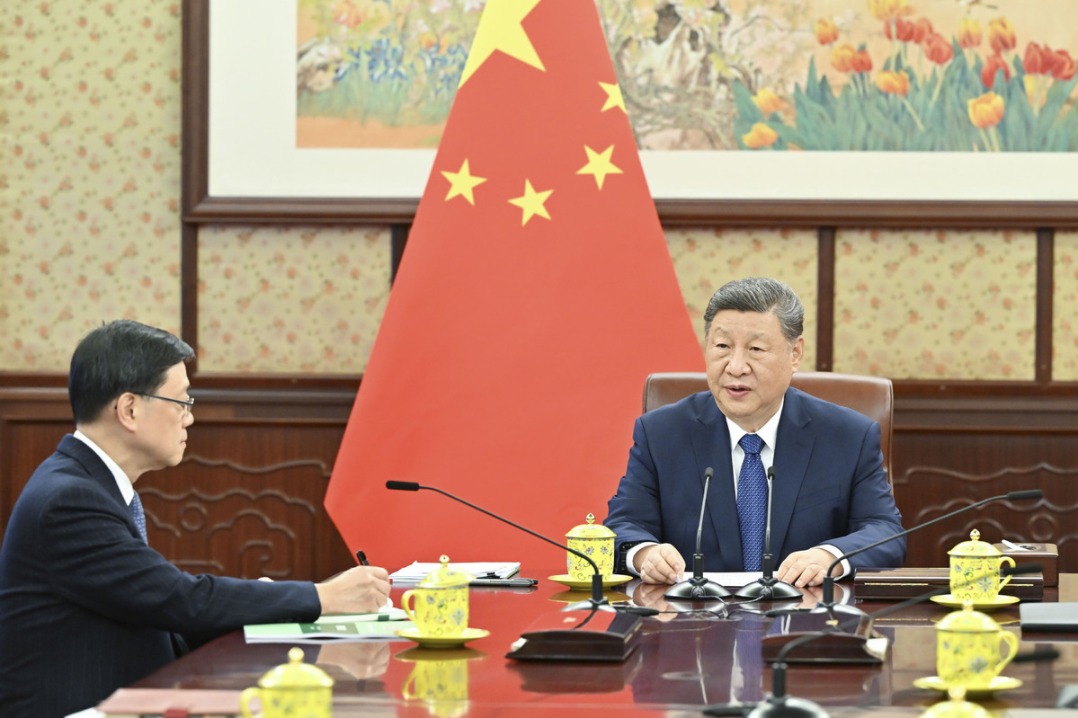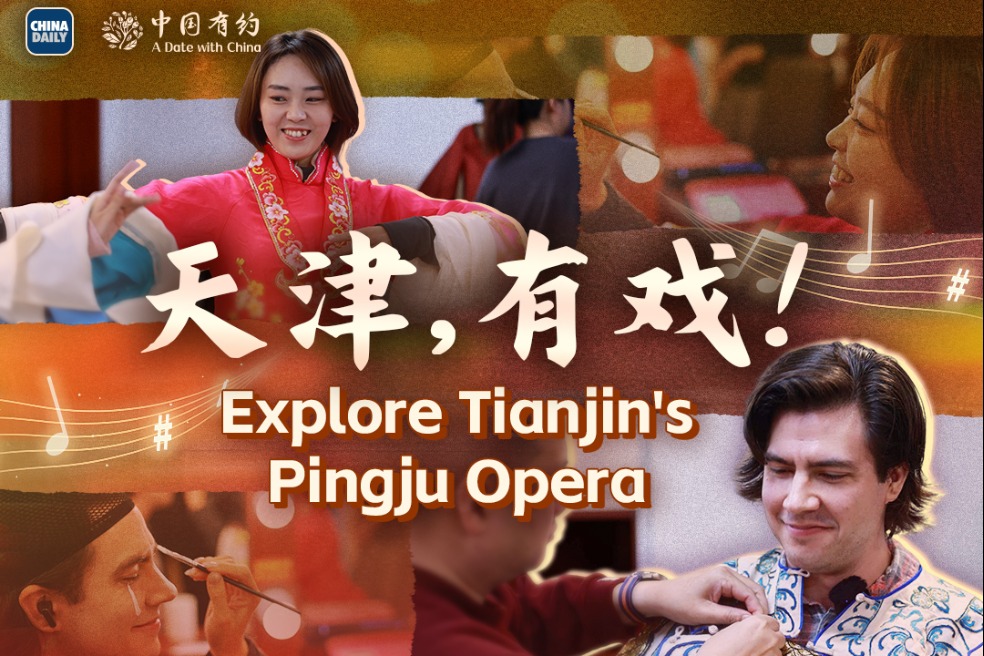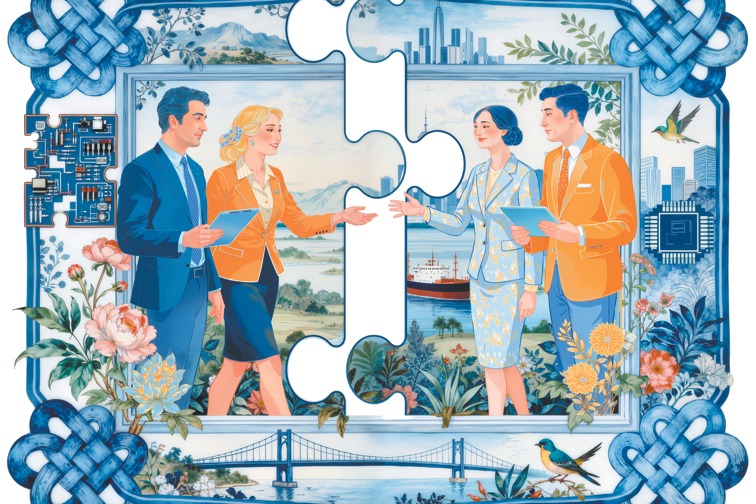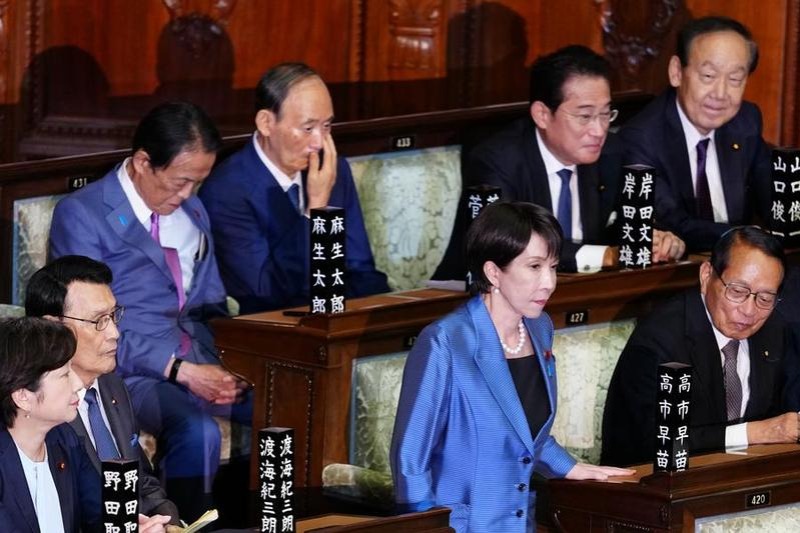In search of balance: Intellectual property and technology transfer

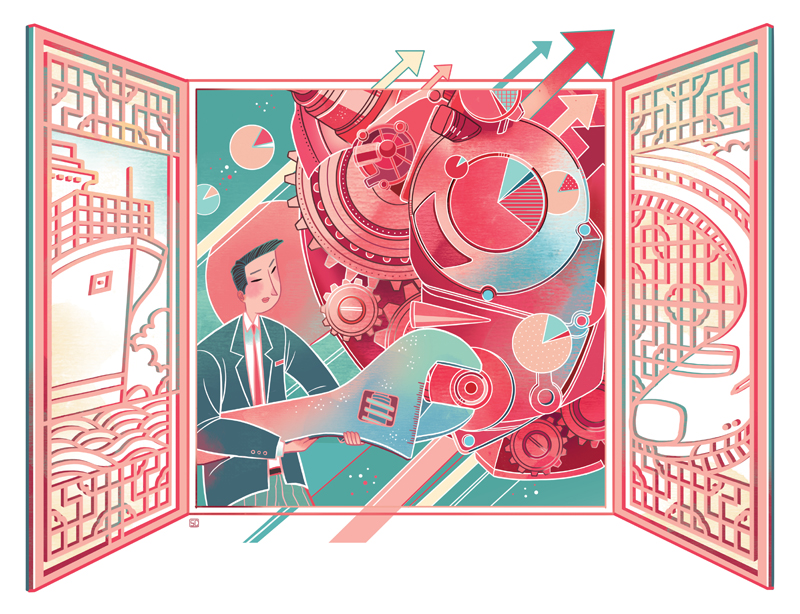
This June the EU issued a formal communication following the dispute settlement procedures of the World Trade Organization. The EU is requesting consultations with China relating to Article 64 of the Agreement on Trade-Related Aspects of Intellectual Property Rights. The EU alleges China imposes restrictions on foreign intellectual property rights holders, who, because of restrictions, cannot freely negotiate market–based contractual terms of licensing and other technology-related contracts. The EU claimed that in the context of joint ventures, China imposes mandatory contract terms that are discriminatory to foreign enterprises and restrict the ability of foreign companies to protect intellectual property rights in China.
These allegations will be the subject of “consultations” between the EU and China within the framework of the WTO’s dispute settlement system. However, consultations are not litigation. Their value is in the opportunity for an exchange of arguments and for an eventual compromise. This situation has to be understood as an opportunity to move the international debate on transfer of technology to a new level.
Historically, every rising nation seized the ideas of those who were at the time technologically more advanced — often at displeasure of the latter. Martin Wolf, a prominent columnist at the Financial Times, recently reiterated this fact. He then emphasized: “The idea intellectual property is sacrosanct is wrong. It is innovation that is sacrosanct. Intellectual property rights both help and hurt the effort. A balance has to be struck between rights that are too tight and too loose.”
Balance in technology transfers is not a new aspiration but it is of particular significance now, at the time of the fourth technological revolution. The US and the EU are insisting on stricter protection of intellectual property rights. China, in its legitimate pursuit of technological advancement, is trying to limit what it perceives as adverse effects of strict intellectual property protection.
The resulting tensions reach beyond relations among states, or, as is the case with the mentioned communication, beyond the relations between the EU and the government of China. European and American companies have an important role as stabilizers of relations with China. Their legitimate interests have to be taken into account and appropriate balance has to be found. This is increasingly understood in China. To that end, Premier Li Keqiang emphasized at a press conference following the recent EU-China Summit that “Those who maliciously violate intellectual property rights will be fined to the point of bankruptcy.”
So, what is the path toward balance and to the compromise needed in the EU-China dispute? It would be important to start with the understanding China’s development is part of the global transformation in knowledge, science and technology. The challenge is to devise a system that will enable all sides to take advantage of future technological development.
The objective should be to build “win-win outcomes”. For this to happen, all relevant participants have to take an open-minded approach and work to better understand China’s innovation system and development plans. The WTO consultations initiated by the EU should be used as an instrument for this purpose.
Another interesting question is how to take advantage of China’s ability to provide knowledge opportunities through mutually beneficial exchange and cooperation in research and education. Let’s recall that innovation is more important than protection of intellectual property. And innovation is closely related to education and culture. So, it would be important to include the development of higher education and research cooperation into the equation, while keeping in mind the centrality of the trading system itself and the WTO.
There are good reasons to do whatever it takes to find a genuine compromise to the EU-China dispute on intellectual property.
There are some signs of hope. This June, China and the EU reached an agreement to launch a group that will work to update global trade rules to address technology policy, subsidies and other issues characterizing the current debate on global trade. Subsequently, in the joint statement of this year’s EU-China Summit, a joint working group on WTO reform was established. The world is at a threshold of a new era. While the prospect of an old-fashioned trade war remains a real possibility, so does the process of consultations within and outside the WTO leading to better and more balanced global cooperation in the field of innovation.
Danilo Türk was President of the Republic of Slovenia from 2007 to 2012. He is currently a non-resident senior fellow at the Chongyang Institute for Financial Studies at Renmin University of China.
The views do not necessarily reflect those of China Daily and chinadaily.com.cn.


















